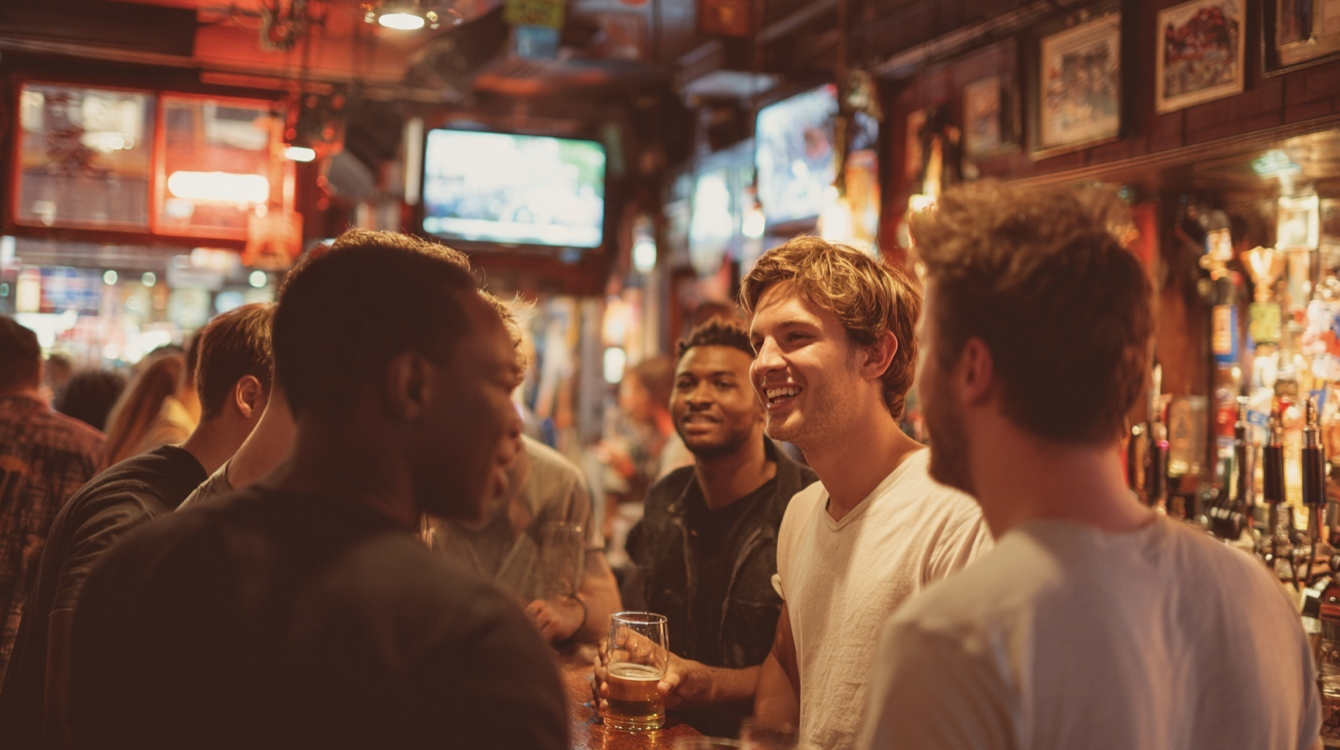After university, many find in gay bars not just a night out, but a vital space for self-discovery, community, and identity. An experience at London’s iconic G-A-Y nightclub once embodied this sentiment—a pulsing dance floor where young queer people felt utterly themselves. Yet such vivid memories also highlight a pressing cultural loss: the steady disappearance of gay bars and LGBTQ+ venues globally.
London’s LGBTQ+ nightlife tells a stark story. From 125 venues in 2006, the city now counts only around 50 active LGBTQ+ spaces, marking a catastrophic 58 per cent decline in less than two decades. This pattern is mirrored worldwide, with the United States losing nearly half its gay bars since the early 2000s, and similar shuttering of beloved venues across Canadian cities from Toronto to Vancouver. Factors fueling these closures include rising rents, gentrification, economic pressures, and, more recently, the devastating impacts of the COVID-19 pandemic. The pandemic alone saw nearly a quarter of London’s nightclubs close, further eroding the fabric of queer nightlife.
More than mere entertainment, gay bars have historically been sanctuaries of refuge and resistance. In times of increasing political hostility—evidenced by anti-trans legislation in regions like Saskatchewan and restrictive rhetoric at the highest offices such as the White House—the existence of safe, queer-specific spaces has never been more critical. These venues foster social bonds, affirm identities, and serve as living monuments to the struggles and triumphs of the 2SLGBTQ+ community. The rhythmic energy of nightlife creates an emotional resonance that carries the collective memory and history of queer life, from the late-night battles at Stonewall to contemporary celebrations of joy and freedom.
Cities are beginning to recognise that nightlife is a potent cultural asset and economic powerhouse. The so-called 'night economy' in many urban centres sustains millions of jobs and contributes billions in spending. For instance, Ottawa’s nightlife economy accounts for nearly $1.5 billion annually and employs over 38,000 people. Beyond economics, nightlife nurtures community pride and diversity, offering a stage where cultural vibrancy and acceptance flourish.
Internationally, innovative initiatives have emerged to protect nightlife. Amsterdam pioneered the concept of a 'night mayor', a political advocate for nightlife, a model that London and New York have since adopted. In Canada, Ottawa appointed its first night mayor focused on creating fertile ground by easing red tape and supporting venue development. This role is not about hosting parties but fostering policy environments that facilitate nightlife’s survival and growth.
Germany’s approach is particularly instructive. Berlin’s 'clubsterben' crisis—where tens of clubs including queer venues were forced to close—prompted a government move to reclassify culturally significant clubs as official cultural institutions. This reclassification affords them protections and financial relief akin to theatres and museums, including tax reductions from 19 to 7 per cent and exemptions from restrictive regulations. Such recognition underscores how nightlife venues are not just entertainment spots but preservers of art, history, and identity.
Canadian cities lag behind but stand to learn from these examples. Recognising gay bars and queer nightlife as integral components of cultural ecosystems can drive policies that protect these spaces through zoning reforms, tax incentives, and targeted funding. During the pandemic, London’s Culture Recovery Fund earmarked a substantial sum specifically for gay bars, helping them weather months of closure—a critical lifeline that Canadian counterparts could emulate.
The stakes are high: losing gay bars means eroding places that provide sanctuary, solidarity, and celebration. Preserving them safeguards not just nightlife but the ongoing narrative of LGBTQ+ resilience and visibility. As urban centres evolve, integrating nightlife into cultural and economic strategies will be essential to ensure that the music plays on and the dance floors remain open, welcoming all who seek the freedom to be themselves. Source: Noah Wire Services
